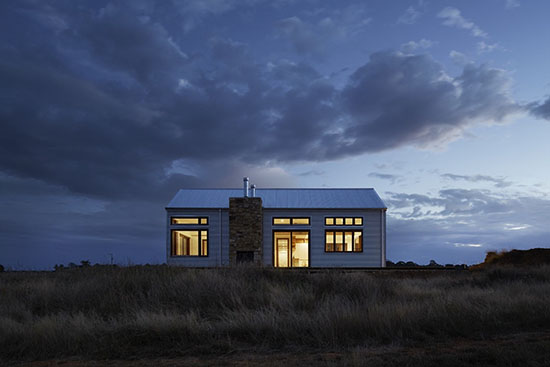What does sustainable architecture really mean?

I was recently invited to deliver a CPD session on Sustainable Design at a small architectural studio.
I was told beforehand that the office didn't specifically look at sustainability in their practices, as it was a small practice.
In my head, that sounded very much like the excuse I had heard many times when, over a decade ago, I was working at a small architectural practice myself. What does being a small practice have to do with the opportunity to design sustainable buildings?
When I was working in architecture, it was a different time, and sustainability was still a fancy, cryptic practice that only a few visionary architects were doing.
Today, I'm wondering whether designers can actually afford not to consider sustainability in their work. What do they think it actually means to build sustainably?
I wanted to find out. So that was my first question when I arrived for the CPD session: “have you ever considered sustainability in your practice?”
The answer was: “uhm, yeah, well… a few years ago we considered putting photovoltaic on one building, but you know, the costs were high, so in the end we didn't.”
I then realised that it’s not only ordinary people, but also built environment professionals, that see sustainability as a fancy add-on. Nothing has really changed in the last 15-odd years since I’ve been working in an architectural practice.
A good friend of mine, the lecturer who inspired my career in sustainability, told me something many years ago that I will never forget:
"I dislike this label of sustainable architecture; it's actually just good architecture, delivered using common sense."
He was right. Leave the fancy stuff to those that want to boast about how wonderful their building is. The bulk of features in a sustainable building are hidden in the type of materials used, in the way it was procured, in a structure that has low embodied energy and can last a lifetime and more, in choosing finishes that don’t contain harmful chemicals, in the attention to details around windows and doors, so that indoor heat cannot escape in an uncontrolled way, in the way the building responds to extreme weather, and so on.
You can't see any of these things, but they make a big difference to how long a building will last and how resilient it will be in increasingly unpredictable weather. Together, they are what makes the biggest difference between good architecture (call it sustainable if you wish) and bad architecture, and we are not talking about the looks of it: fabric first, as it is known in the industry. They make sure the building envelope is as sound as possible, that it’s air-tight, made of robust materials sourced responsibly, oriented in a way that capitalises on nature’s free energy, and make the whole building work efficiently so that it relies less on energy pumped from the outside.
Once the energy demand is brought down to a minimum in that way, you can start thinking about how any residual energy needed is brought into the building, and where it comes from.
Here is where energy efficient mechanical and electrical systems come into play, and finally, how renewables, where there is an opportunity for those, can be specified, according to the site’s individual opportunities and challenges.
In sustainable design, there is no such a thing as ‘one size fits all’.
Truly sustainable buildings are living organisms coming out of their own special, unique situations, just like a human being, born into a specific family, will thrive or not according to the environment she finds herself in. You can see how sticking a photovoltaic panel on a roof is the last thing that can be done to a building to make it sustainable. It’s not even a solution that would work anywhere.
There is obviously a pressing need for more education to convey this message, so that design teams and clients start to understand the implications of this different approach.
For a start, it means that sustainability will inform every single action taken in an architectural project from day one; it also means changing processes and adapting the design to take that into account as a priority.
Not easy, given the reluctance with which human beings approach change. But possible, with the right dose of enthusiasm and influencing skills. Sustainability consultants have the exciting job of convincing their design teams and clients of the fabulous benefits that sustainability brings to their pocket, to their reputation, and - why not? - to the planet.
